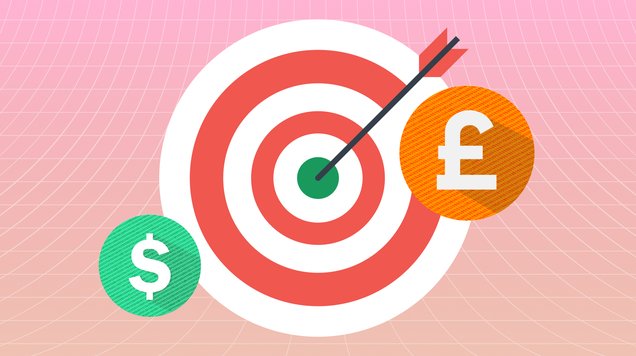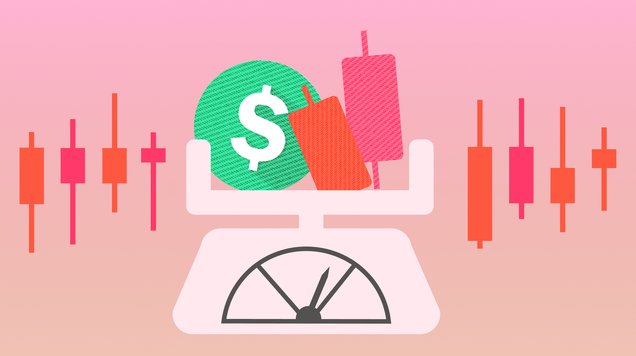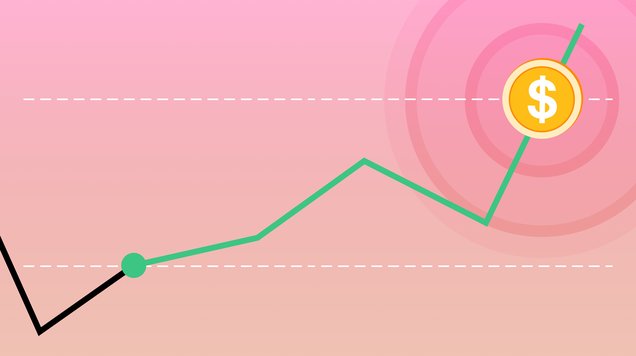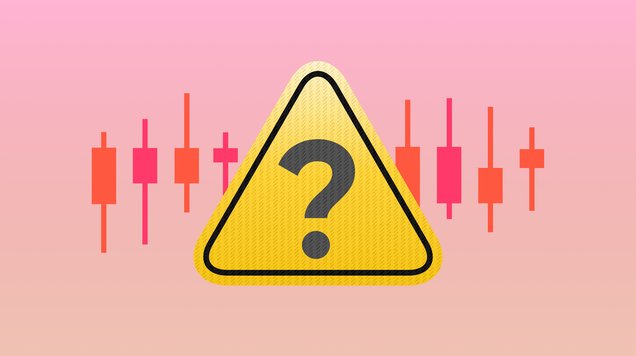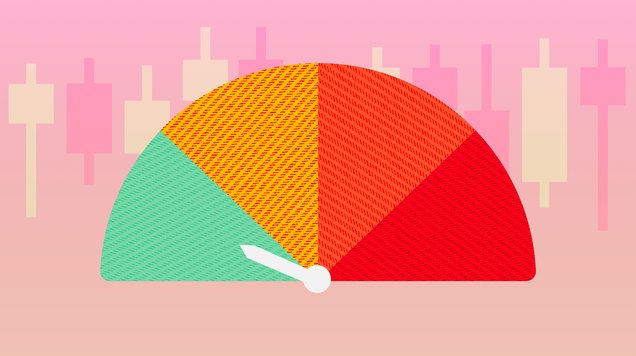How to build a trading plan
Establishing a trading plan from the beginning of your trading journey can make things a lot easier. Read on to find out how you can create an effective trading plan.

A trading plan is a method to help you trade responsibly and effectively
Important aspects of your trading plan include clear objectives, risk management tools, entry and exit times, and trading strategies
A trading log helps you to record all your trades, and reflect on when and why you traded, and the consequent results of that strategy
Your trading plan objective
One of the most important aspects of your trading plan are the goals that you set. You should start by identifying clear goals as these will have an impact on the rest of your trading plan and influence how you trade, how often and in which markets.
Goals can be based on a long-term objective, a short-term purchase or something in between. Whatever the timeframe, it's critical that clear metrics are understood and established. For instance, you may wish to use your trading profits as part of the deposit you need for a house. Think of these as the numbers that describe your goals or are the basis for them. For instance, what percentage of your savings will you allow yourself to use for trading in any given week?
If you are trading to support your income your risk management may include lower capital allocation because only small and stable returns are required. If you are hoping to make trading a full-time job, you may have a different risk-to-reward ratio in comparison to other traders.
There are many asset classes to choose from and depending on your individual financial goals and risk tolerance, you may lean towards trading in precious metals, commodities, or currencies. It's crucial to match asset choices with personal objectives, and your risk profile is used to support sustainable trading and to help you optimise your strategies.
Right mindset and the power of learning
Trading requires a calm and consistent mindset. A trading plan creates a framework for opening and closing trades in a consistent manner, and for predetermined reasons with clear objectives. This helps to avoid the potential for heavy losses and overtrading caused by emotional bias.
Market analysis and education also play a crucial role in both forming your trading plan and executing it. Try to gain a good understanding of the market sector or the assets you wish to trade. Market conditions change often and quickly. It’s important for you to research the reasons why, and to adopt a style of analysis that suits your strategy, your available time and your level of trading experience.
Technical, fundamental and sentiment analysis are the most common approaches to market analysis. You can choose one approach to follow, or combine different types of analysis to get a comprehensive view of the market and make more educated trading decisions.
Your access to financial markets is managed via trading platforms, which are accessed through an account with an online broker. Just as you learn how to use any computer or mobile application; you should learn the various tools and features that your trading platform offers. This will give you insights for trading strategies, the pace at which prices move, and how to execute your trading plan accordingly. We recommend trying all new trading strategies on a free trading demo before you invest real capital.
Risk management as part of a trading plan
Risk management is the cornerstone of a helpful trading plan. A number of approaches can be adopted and should be used in combination with one another to reduce chances of loss.
Position sizing is all about deciding how much of your capital to invest in a single trade. Allocating funds in this way provides a safety net against investing all your capital in one big, unsuccessful trade - and its potential to wipe out a significant part of your total capital or force a stop out. Position sizing is a smarter and safer way of placing lots of different trades and gives you a better chance of retaining your overall balance.
Leverage allows traders to control larger trading volumes using smaller deposits because it includes borrowing funds from your broker or liquidity provider. Using leverage, traders can open larger positions and potentially earn more profit, but also risk losing more if markets move against you. The following example explains this important point.
Imagine you have $10,000 to invest in gold trading, and you decide to use a leverage of 1:10. This means you're controlling a position worth $100,000 ($10,000 x 10) with your initial $10,000 of invested capital.
If gold prices move in your favour, increasing by 5%, your investment would be worth $105,000 ($100,000 + ($100,000 x 5%)). Your profit would be $5,000 ($105,000 - $100,000), amplifying your initial investment's gain from a 5% market increase to a 50% gain on your invested capital.
However, if gold prices fall by 5% your investment would be worth $95,000 ($100,000 - ($100,000 x 5%)). Your loss would be $5,000 ($100,000 - $95,000), translating to a 50% loss on your initial capital ($10,000), which shows how leverage can equally amplify losses as well.
The careful use of leverage is a critical aspect of your trading plan. Make sure your leverage is in balance with your capital, your risk profile, and your confidence and experience. Using a risk-free demo account to fine tune your understanding of leverage can provide useful context on what leverage ratio suits you best.
Linked to both your goal and your risk management tactics is the risk-reward ratio. It’s a fundamental concept that helps to maintain a balance between possible profits and losses. Risk and reward rations help predict potential reward outcomes against the risk involved, and helps traders decide the viability of a trading idea. A risk-reward ration might be 1:3 - i.e., for every dollar you are willing to lose, you aim to make 3 dollars in profit. If this isn't expectation isn’t being met for an extended period, it might be time to reassess the trading plan.
Choose your preferred trading strategies
There are a variety of trading strategies to choose from, and in your trading plan you should focus on one that closely matches your objectives. Popular ones include swing trading, day trading, scalping and long-term investing.
Traders generally rely on technical and fundamental analysis to decide their trading strategies. While technical analysis focuses on statistical data from market activity, fundamental analysis takes a wider view, including economic and financial data from businesses and countries. Knowing each improves your ability to gain valuable insights about marketing.
Let’s look at three popular technical analysis-based strategies.
Swing trading is suitable for traders who are willing to hold positions for several days to several weeks, in anticipation of capturing a significant price move. This approach looks for market ‘swings' (price movements) and while it can provide big gains, it comes with the risk of holding positions through unforeseen market events, overnight and at weekends. During these periods prices could 'gap’ - when there is a sizable different in the closing and opening price of an asset over that period.
For those preferring a faster pace, day trading could be a viable option. Day trading requires thorough knowledge of the market and a significant time investment, as traders need to be on top of market movements throughout the day to make profitable decisions.
Within even shorter timeframes, scalping aims to make small but frequent profits from short-term trades. It's a strategy preferred by traders who are in the market for the shorter duration, taking advantage of small market movements (sometimes within minutes) to earn lots of small profits that add up by the end of the period. However, it requires a high level of attention and a good grasp of market mechanics.
Sometimes finding the right trading strategy for you requires testing, and you might have to try several different strategies before finding the one. A demo account is a risk-free way to test strategies on real markets but with virtual funds, so your own money is not at risk.
However, it is important to note a winning trade on a trading demo cannot be automatically turned into a live trade that makes real profits. You will need to make sure your live account is set up, funded and to open the trade using your own capital to capture profits.
Keep a trading log and evaluate your trades
After a month, week, or even a day; when you’re trading it can be easy to forget the learning points from both successful and unsuccessful trades.
These moments of victory or losses can equally provide useful, actionable insights that can inform your next strategy and enhance your chances of future success. Keeping a trading log that documents the asset, entry and exit points, profit or loss made, review of market conditions at the time of the trade and the motivation for your trade will help you to spot biases, learn from possible mistakes and, hopefully, create even more effective trading plan in the future.
